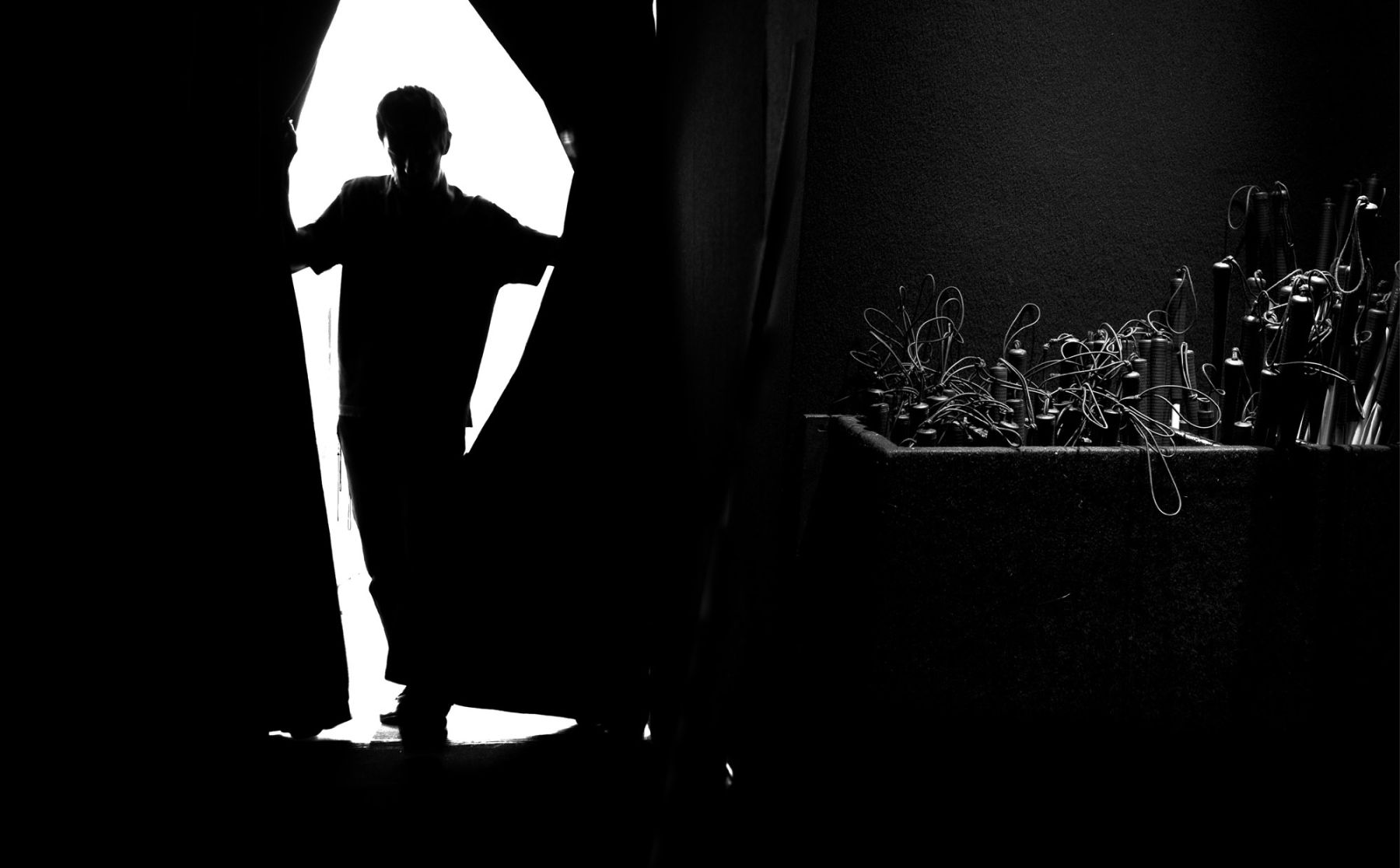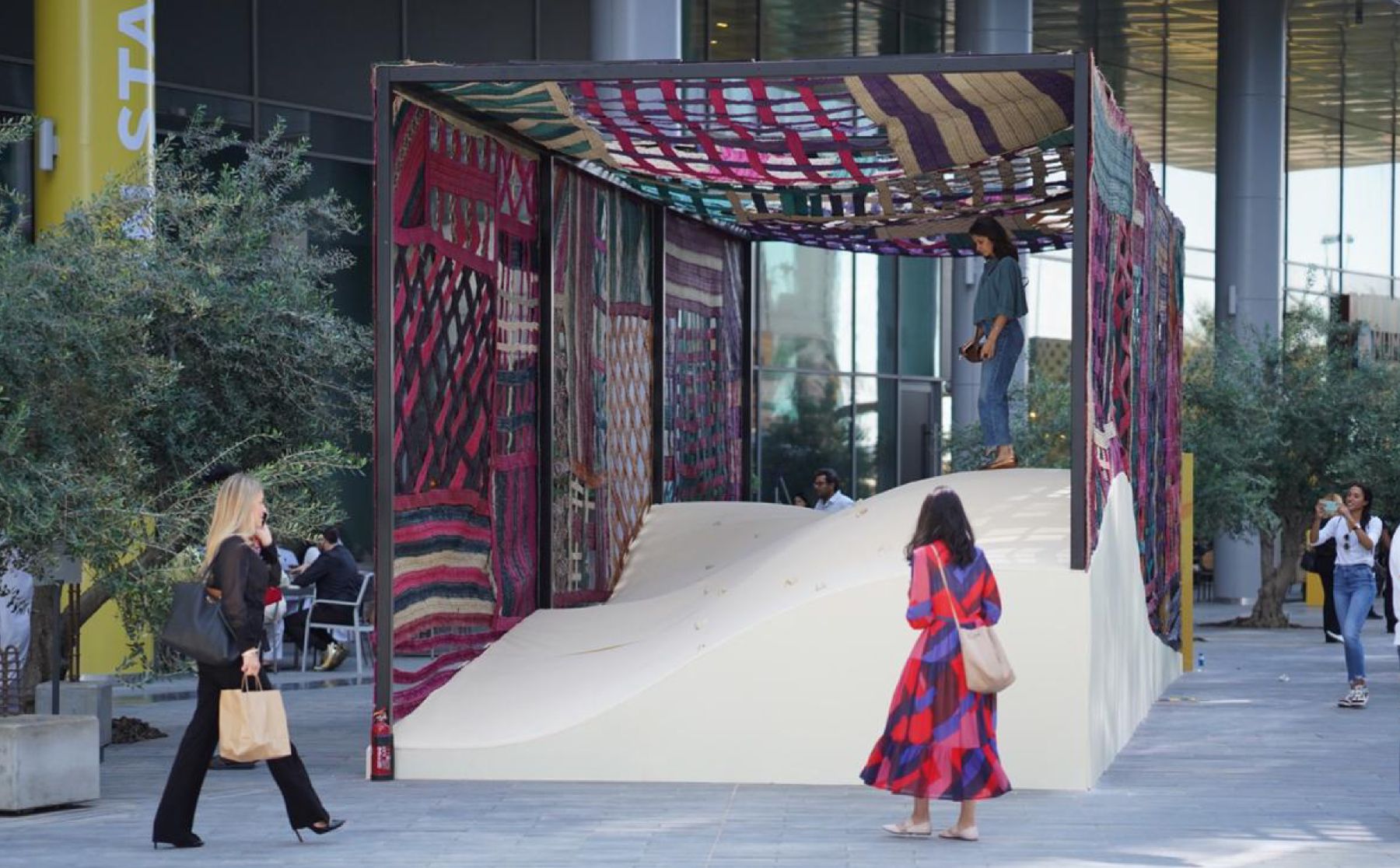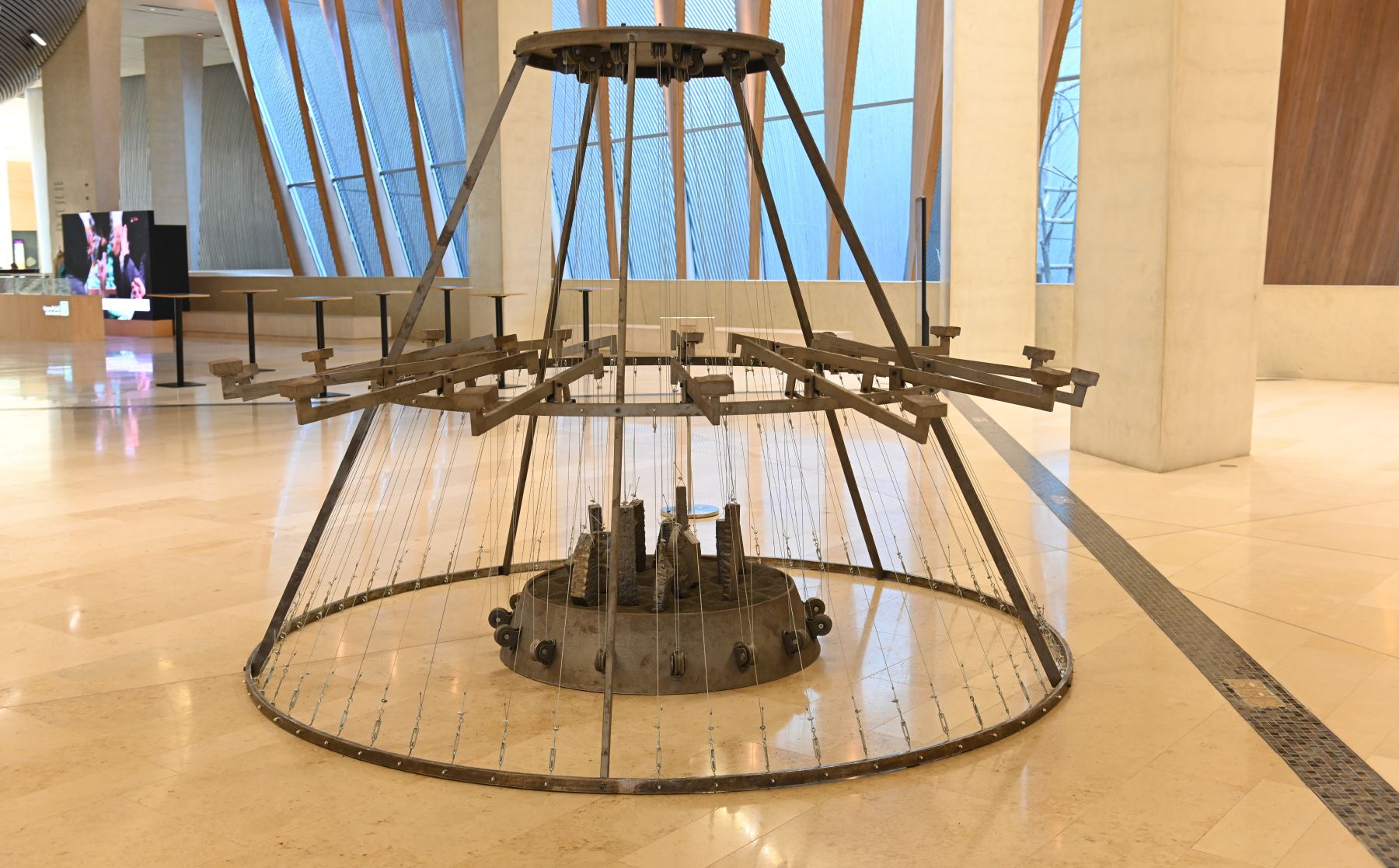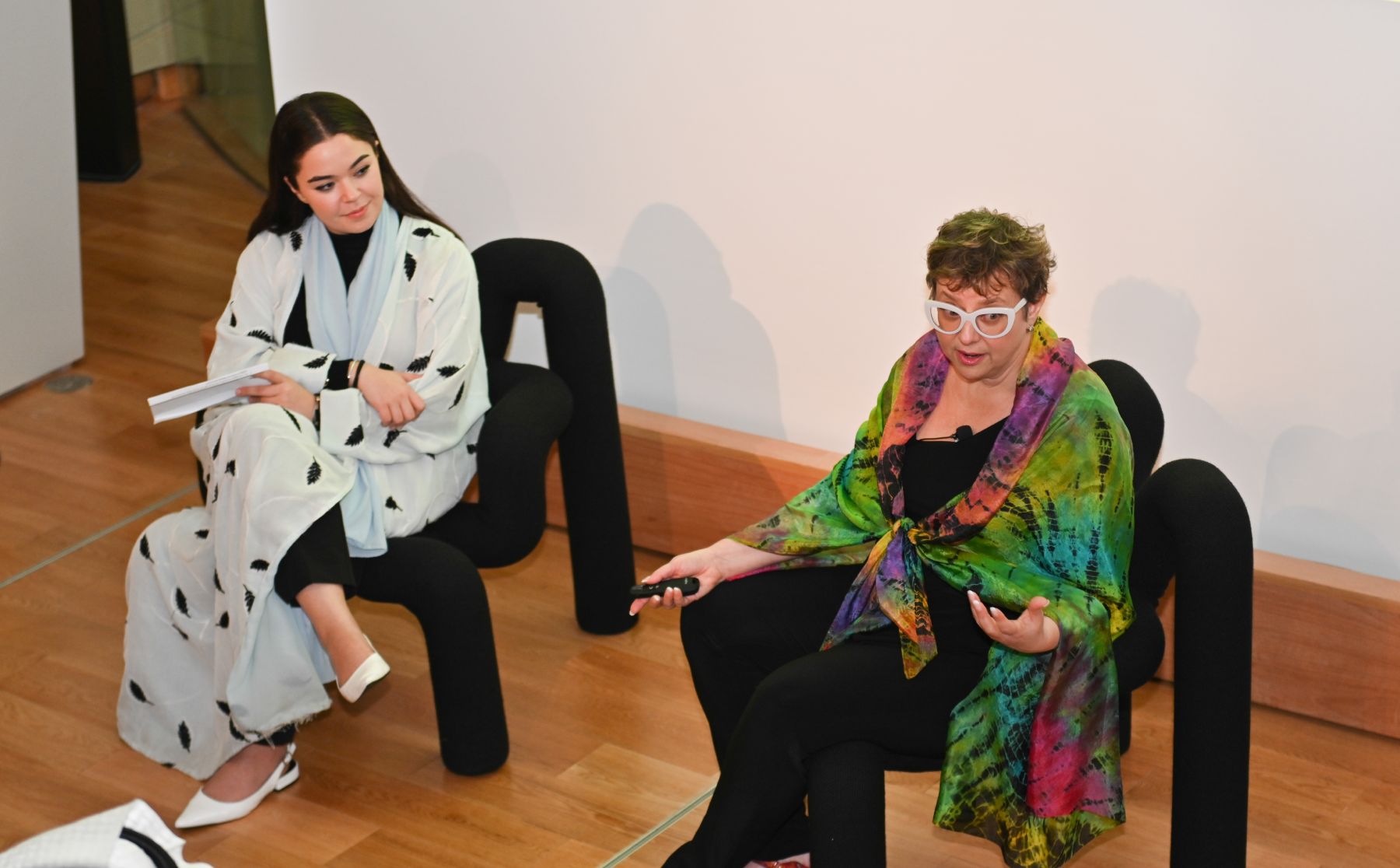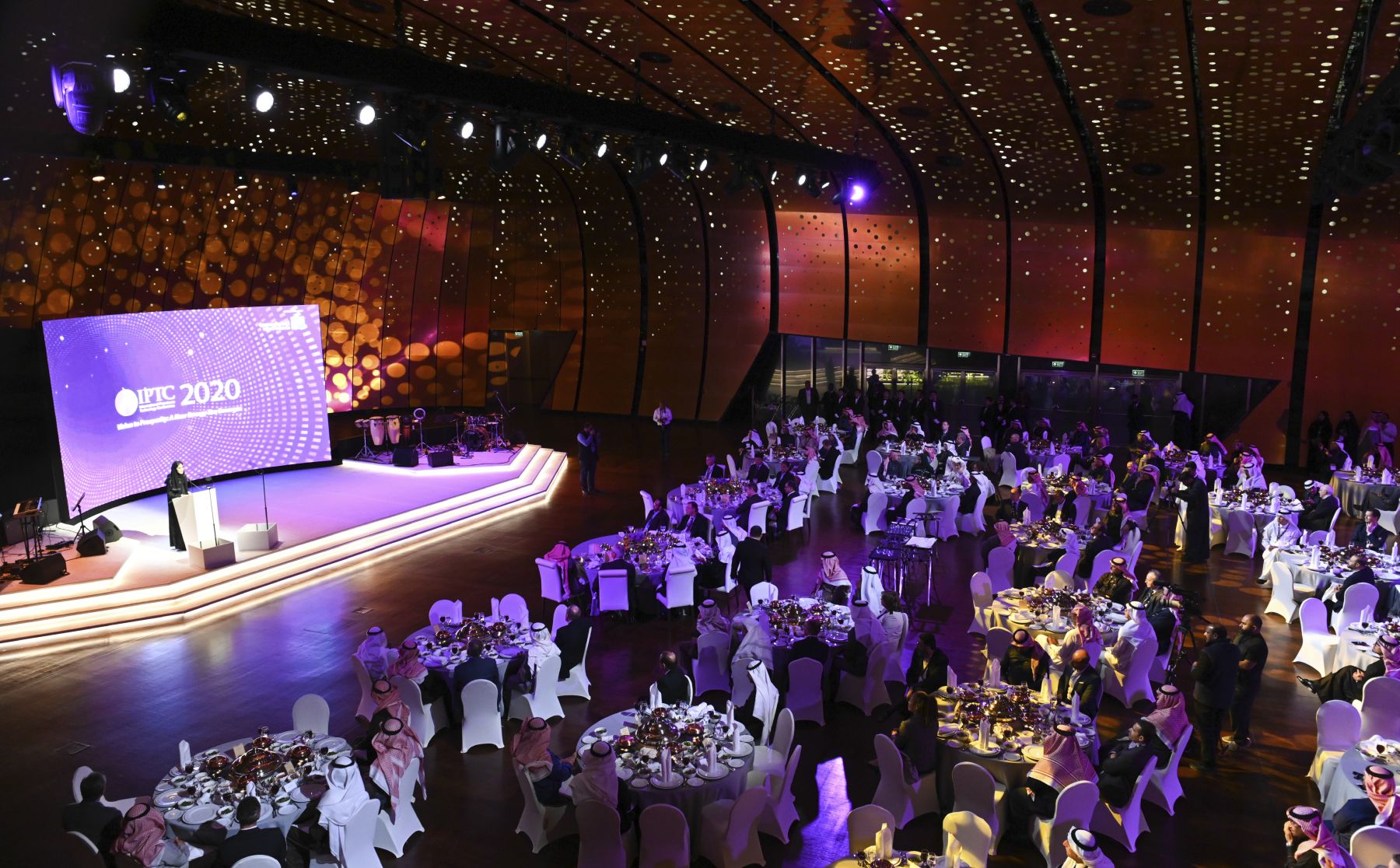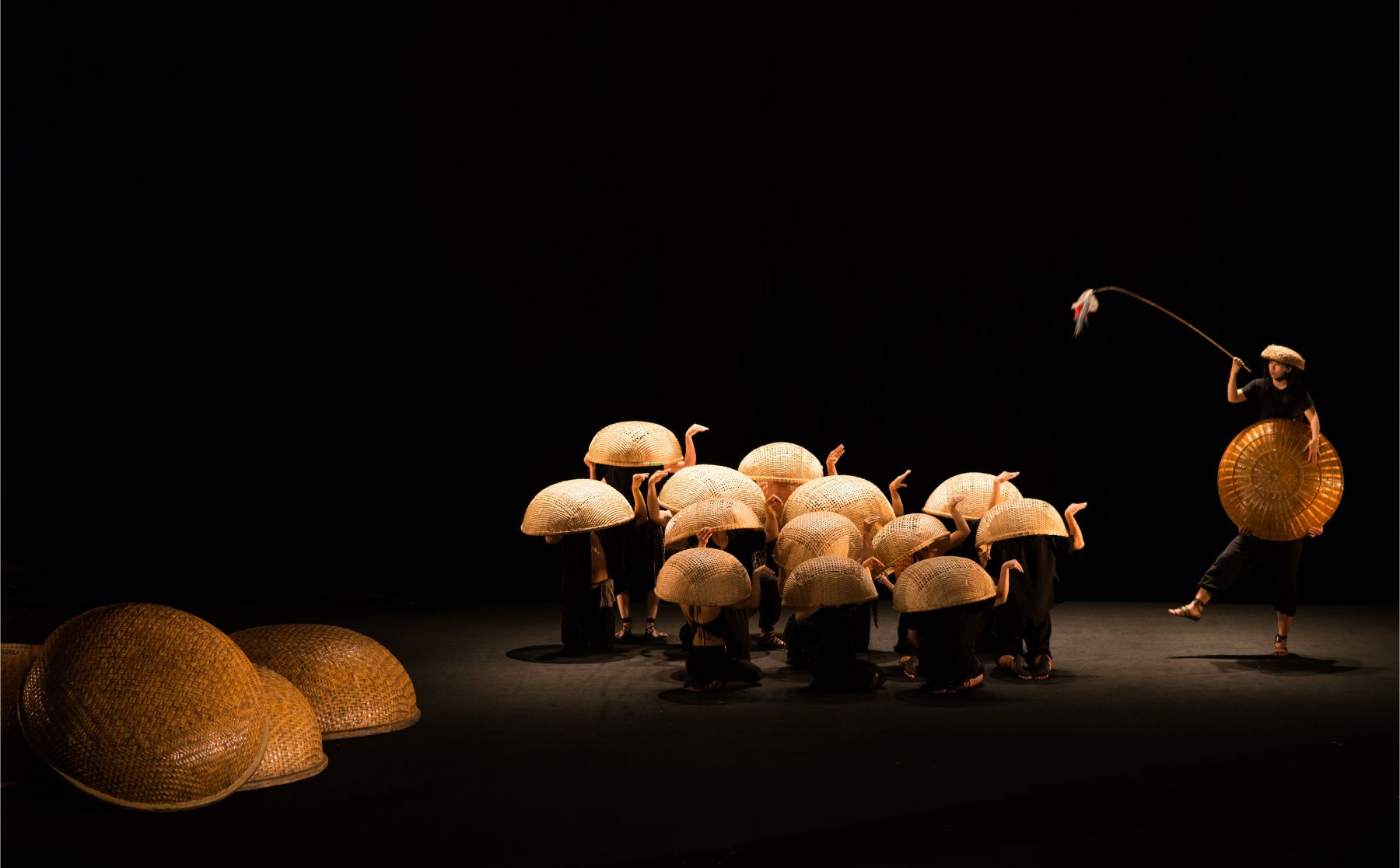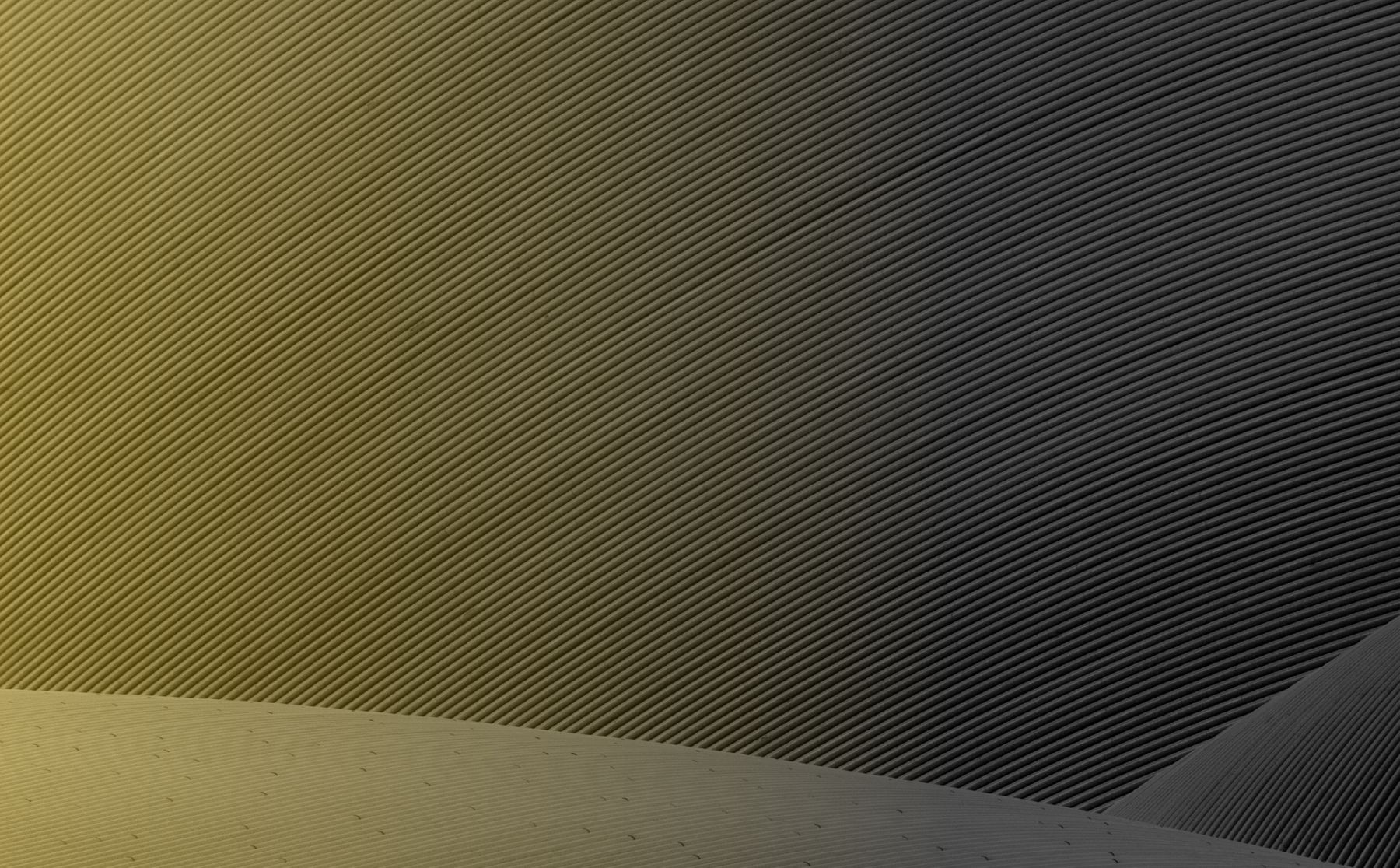Melissa Gronland: Could a moment of pause be beneficial for the burgeoning Saudi art scene
What does the impact of COVID-19 mean for the burgeoning Saudi art scene; will it be stopped in its tracks, or can this moment of pause be turned to advantage? One expert we spoke to has shed light on what the future might hold.
Melissa Gronland is a journalist, author and lecturer based in London, whose chosen discipline is contemporary art - specifically Arab contemporary art. The year 2020 started off on a high note for Melissa, as she was one of the lucky journalists invited to attend the 21,39 Jeddah Arts and Desert X Al Ula arts festivals. She describes the experience as akin to a school reunion, with the entire Arab art world from Dubai, and the region, flown over to experience the Saudi art scene on the cusp of change. “It was amazing to see all the work that Saudi had been doing to promote young grassroots artists. Exciting new thinking, fresh ideas and practices were finally being shown to a more international audience.”
Gronland describes an atmosphere fueled by a community of people who had followed the scene and were now getting to see it for the first time. “The Saudi scene was on a precipice of change, infrastructure was being built, events were being scheduled.”
Along with many others, however, Gronland expresses concern about the effect COVID-19 will have on Saudi’s burgeoning art scene. “A lot remains to be seen about which programs remain and which programs are postponed, perhaps indefinitely.”
Gronland has been following the Saudi Art scene for five years, which she says may not seem that long; “but in terms of the development of Saudi's contemporary art exhibitions and practices, that's actually been long enough to map some change.” A teacher of Saudi Arabian Art History at UK based universities, Gronland’s lectures – delivered largely through Zoom – reach students from Hong Kong, Singapore and Indonesia. She is intrigued by the parallels that students draw between the emergence of art in Saudi and the emergence of art in Hong Kong or Singapore, allowing her to see a positive angle to the current global situation; “it makes you intentionally localized and also intentionally globalized.”
Though Gronland praises the rapid growth of the Saudi art scene, and also the opportunities that have arisen, she embraces the idea of a pause; “especially for the people who are putting together exhibitions right now - a lot of exhibitions that have gone up in Saudi recently, I've heard anecdotally, have been done at a very great speed. It’s wonderful to be able to see them, but there are also things lost when you do things so quickly - So this idea of being able to slow down, follow research pathways, look at artists who might not be right in front of your eyes but actually who are doing really interesting practices. I think that could be one of the great things from this pause.”
She shines a light on the potential opportunities for artists who are not yet networking within the creative communities that currently define what we think of in terms of the Saudi scene. “I am sure there are lots of artists who have practices behind closed doors or are more reticent to show their work. Bringing these people into the history of Saudi art that's being written right now could be a real benefit to the chronicle that develops.”
Gronland has thought extensively about the trends in terms of artist or museums putting their work online, and while it is impossible to know for sure, she does not believe that museums will move permanently away from physical public engagement. “The very core of a museum or art space serving the public is the coming together of people in that space. The way that information travels on the internet and social media platforms: trickles of information from various sources, email chains, feeds, or word of mouth, is very different to presenting art in a physical space and seeing who will come. You have to be known and acknowledged in your field and have the ability to optimize the dissemination of information. So the idea of trying to get it across to as many people as possible will remain, whether this is digitally or in the physical environment.”
One important issue which concerns her is the possibility of a deep economic slowdown. Her concern is less about when we will see the return of art fairs, but more pointedly how smaller spaces and gatherings are going to weather the storm. However, she does note that this is not likely to be felt as severely in Saudi as elsewhere. “Maybe Saudi will return to the grassroots organizations that predated the MOC, predated Ithra, and predated Art Jameel’s Hayy: Creative Hub. I think Saudis are used to operating on slim budgets, and in terms of word of mouth - and that recent experience might serve them very well.”
For Saudi Arabia, Gronland feels this could be a particularly exciting moment. She highlights Ithra’s programming as an example. Since going digital, certain programs have experienced up to an 800% increase in terms of engagement and reach. She believes Saudi can, and should, leverage its ability to be a thought leader in terms of Arabic creative arts, and support art audiences in the wider region. She supports the idea of “forget about just serving the Saudi public, we can serve the entire Arab regional public”, believing if the scene was able to expand in this way, it would indeed be a very positive outcome of the COVID-19 crisis. Gronland pointed to a further advantage for the country, Saudi’s high penetration rate of Arabic – which in contrast to its close neighbor the UAE, is the main language for most individuals and businesses.
Gronland hopes to see trends towards both the local and the international in the future. With international travel now limited, events can be more orientated towards the local population. Melissa references 21,39 Jeddah Arts as an example; “A return to focus on the local, as well as the international, could be very beneficial for an event that was originally developed to champion the local spirit.” In terms of international outreach Melissa refers again to Ithra’s digital programming, which now has a reach far beyond the Eastern Province of Saudi Arabia and its core constituency. “Being able to be in the same Zoom time space as someone in California, someone in Dubai, someone in Singapore, is actually an amazing global community. I think you could really activate that in interesting ways.”
“What’s interesting about digital platforms is that it doesn't matter what country they're coming from, people forward you interesting things, or you come across interesting things on Twitter and it doesn't matter if it's one person sitting in his living room who happens to get all these people together, or if it's a major arts complex like Ithra who's putting things together. There's a real leveling in terms of anyone who has access to Zoom can do anything, and that's probably unsustainable in the long run, but really interesting in the short run.”
Gronland’s concluding words leave us with a sense of optimism and food for thought regarding future possibilities within the Saudi art scene. “This pause at a time of such dynamism in the Saudi art scene is an incredible moment. All of a sudden you can just stop and think and question: what are our core principles? Is this what I want to be doing? What have we not been able to do that we might have a chance to revisit? That is such a gift and a blessing. It would be interesting to see how much this does affect the development of the Saudi scene and what will happen that would not have happened if we hadn't had this moment to slow down and think about things.
“So I think that, in terms of the strange history of the Saudi art scene, where you had very slow and then this incredible acceleration, which is really unique, and to have everyone on board, it will be amazing to see how that shifts things.”
This interview between Ithra and the interviewee is part of a series of discussions on the impact of Covid-19 and the future of the creative industry.


